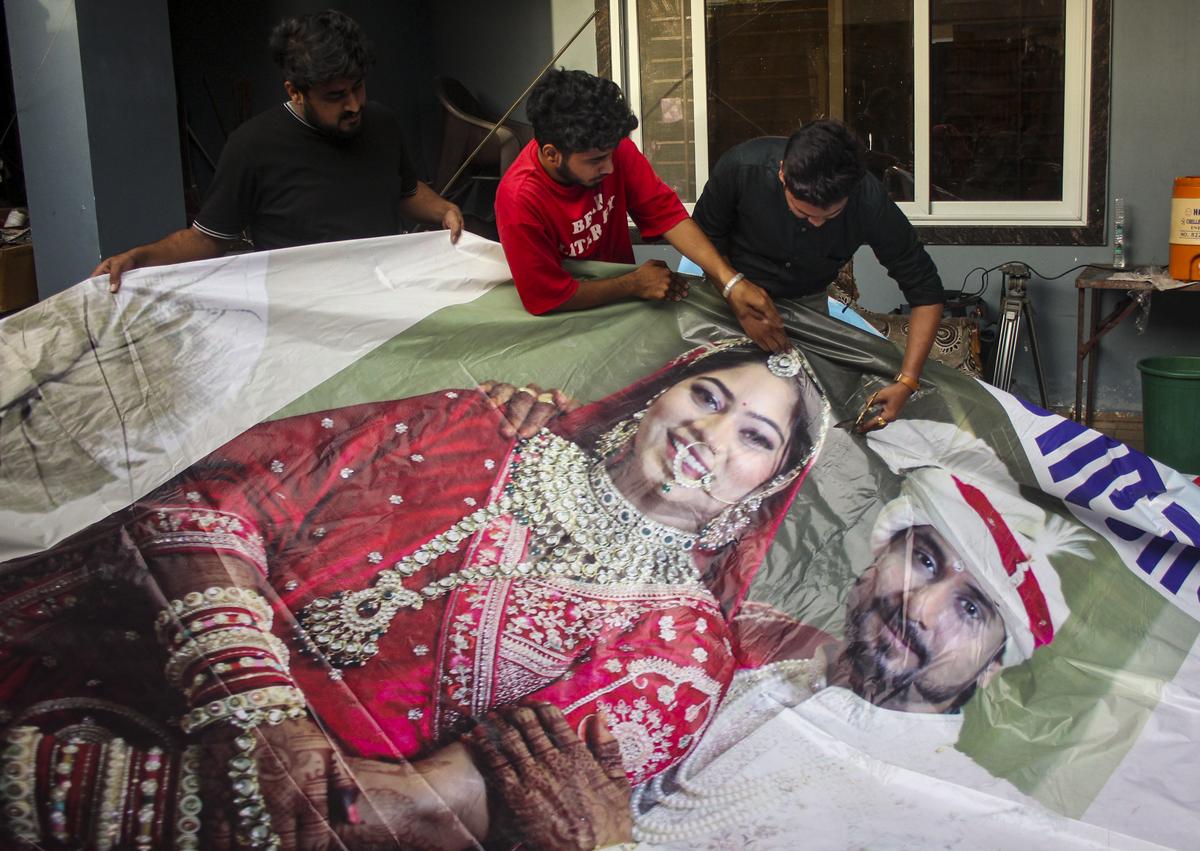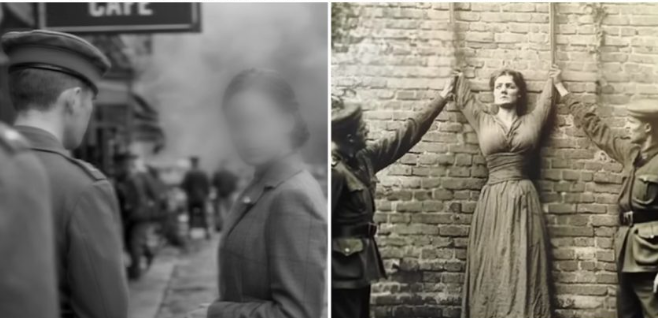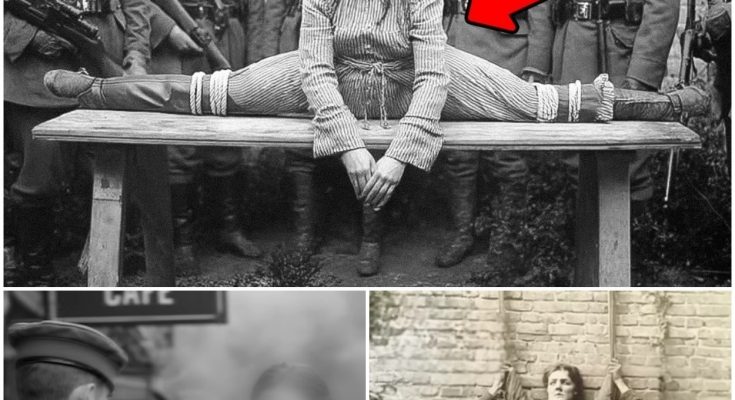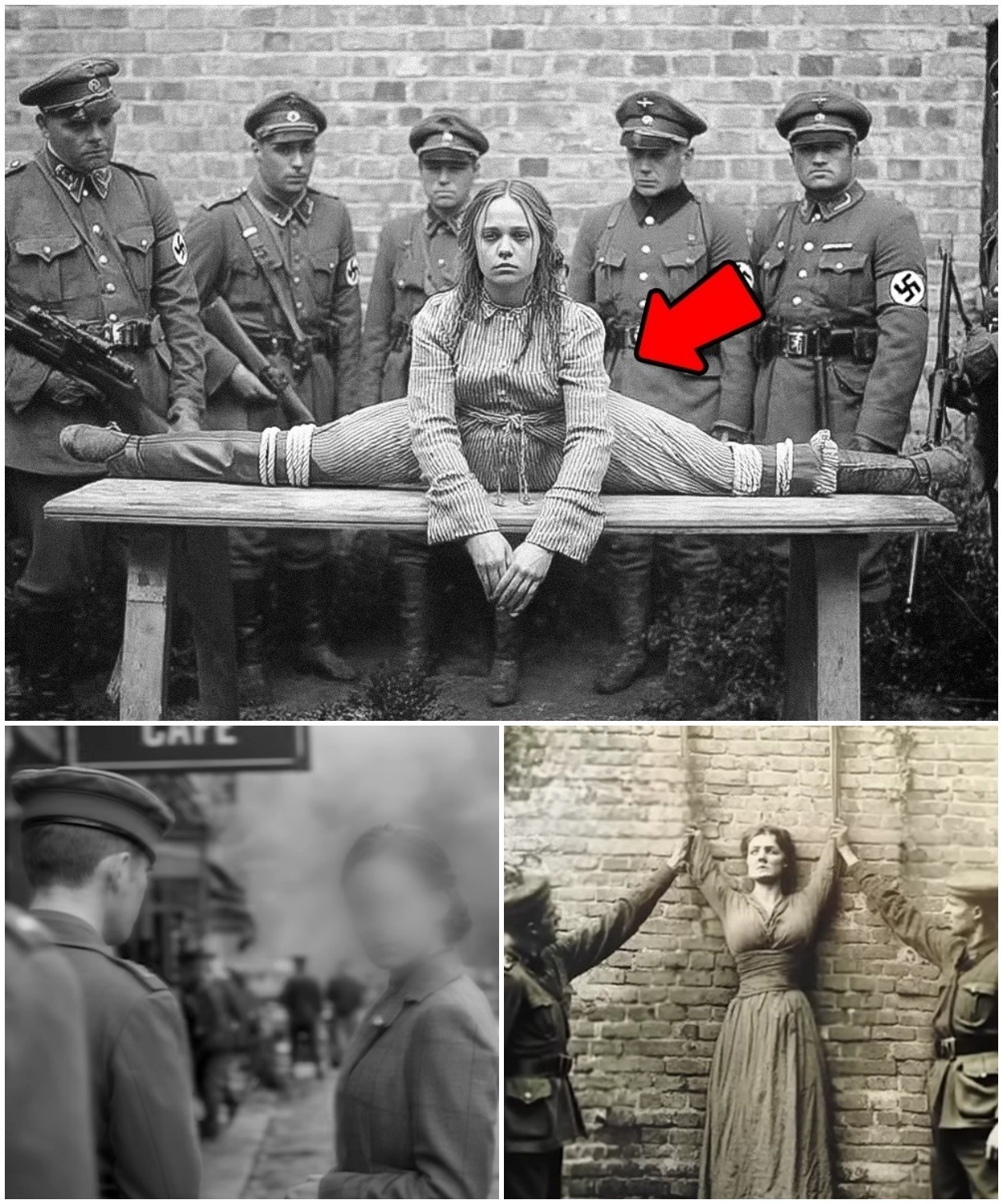
Indian Honeymoon Turns Tragic as Wife Becomes Key Suspect in Husband’s D*ath
A Sh*cking Turn of Events During a Romantic Getaway
A honeymoon trip meant to celebrate the beginning of a new life together has ended in tragedy and controversy in northeastern India. A young couple from Indore city, Madhya Pradesh, had traveled to the scenic state of Meghalaya in May 2025, only for the husband to be found deceased and the wife to later emerge as a central figure in the ongoing investigation.
Now, questions about what really happened during that fateful trip are gripping the nation, as police allege that the wife, Sonam Raghuvanshi, may have orchestrated the entire incident.
The Couple’s Background and Trip to Meghalaya

Sonam Raghuvanshi, 25, and her husband Raja, 30, were married on May 11, 2025, in a union approved and celebrated by both families. Their wedding, which had been arranged just four months earlier, was said to be joyful and free of any known disputes. Family members emphasized that there were no signs of conflict before or after the wedding.
The couple chose Meghalaya—a lush, mountainous state in northeastern India known for its rainforests and living root bridges—as their honeymoon destination. They departed on May 20 and were last heard from four days later, prompting growing concern among family and friends.
Disappearance and Discovery
)
The couple’s sudden disappearance led to a widespread search effort across Meghalaya’s forested and hilly terrain. After several days, Raja’s body was located in a remote gorge. Personal belongings, including his wallet and gold jewelry, were reported missing.
Meanwhile, Sonam had vanished without a trace, leading many to fear that she had also been harmed or abducted. Her family launched a public campaign calling for her safe return and pressed authorities for answers regarding the circumstances of Raja’s death.
The mystery deepened as days passed without any word from Sonam or further developments in the case.
Sonam’s Surrender and Police Allegations

The case took a dramatic shift when Sonam turned herself in to authorities at a police station in Nandganj, Uttar Pradesh. According to officials, her surrender came after she used a borrowed phone to contact her brother from a roadside rest area. He then notified law enforcement.
Following her arrest, police in Meghalaya named Sonam as the primary suspect in the investigation into her husband’s death. Authorities also confirmed that four other men had been arrested—three from the couple’s home state of Madhya Pradesh and one from Meghalaya.
According to Superintendent of Police Vivek Syiem, one of the male suspects reportedly worked with Sonam in her office. Police have not confirmed the exact nature of their connection but suggested that if certain details were “joined together,” a personal link may be apparent.
Family Reactions and Divided Opinions

The developments have left both families stunned and divided. Sonam’s father, Devi Singh, has strongly defended his daughter’s innocence. Speaking to reporters, he claimed the police narrative was flawed and insisted that Sonam would never commit such an act.
“She cannot do this,” he told local media, alleging that the investigation may have been mishandled.
On the other side, Raja’s brothers initially expressed disbelief at the accusations against Sonam. One brother, Vipin Raghuvanshi, said he would only accept her involvement if she confessed. However, he later acknowledged that one of the arrested suspects was known to be associated with Sonam’s workplace.
“Only Sonam can clarify. If she’s guilty, she should be punished,” he added.
Public Outcry and Political Pressure
The case has sparked widespread media attention and public scrutiny across India. Both families jointly criticized local law enforcement for delays in the search and investigation process. They sent a formal letter to Indian Prime Minister Narendra Modi requesting federal intervention to ensure a fair and transparent inquiry.
Their appeal reflects a broader frustration with how certain criminal cases are handled at the state level, especially in remote or under-resourced regions. Public advocates have also called for more efficient inter-state coordination in missing person and homicide cases.
What Happens Next?
At the time of reporting, investigations are ongoing. Police are working to establish a clear timeline, examine communication records, and determine any financial or personal motives behind the case.
Sonam remains in custody and is expected to be formally charged pending additional evidence and legal proceedings. Investigators have not released further details regarding the suspected relationship between Sonam and the arrested individuals or a confirmed motive for the incident.
Legal experts indicate that the case could take months to resolve fully due to the cross-state nature of the arrests and the complexity of collecting evidence from multiple jurisdictions.
Broader Implications for Safety and Trust
This tragic case highlights the importance of personal safety even during seemingly joyful occasions like honeymoons. While such incidents are rare, they serve as reminders that trust, transparency, and security should be prioritized in relationships and travel.
It also brings attention to how sudden shifts in narrative—from presumed victim to prime suspect—can shock not only families but also society at large. Social media has played a significant role in both amplifying public opinion and pushing authorities to provide timely updates.
In India, where arranged marriages are still common, stories like these often raise uncomfortable questions about relationship dynamics, expectations, and the hidden pressures couples might face after marriage.
Final Thoughts
The death of Raja Raghuvanshi and the ongoing investigation into his wife’s alleged involvement have cast a shadow over what began as a hopeful new chapter for a young couple. While the facts are still emerging, one thing is certain: this case has deeply affected two families and captured national attention.
Whether Sonam is found innocent or guilty, the outcome will serve as a significant precedent for how such cases are handled and communicated in the public eye. For now, the nation watches closely as investigators piece together the events that turned a honeymoon into a criminal in
When the Past Finally Spoke

A Hidden Detail Beneath the Surface
The black-and-white photo had been scanned and archived countless times, but no one had ever looked closely enough. That changed when a group of digital restoration experts began re-analyzing historical war images for a museum project. As they magnified the photo, a faint marking on the woman’s coat began to emerge—a small, geometric symbol, partially hidden beneath her hand. At first, it seemed like a trick of the light. Then the algorithms clarified it, and the pattern became unmistakable.
It wasn’t a Star of David, nor any known emblem of a resistance movement. Instead, it resembled a sigil found in classified Nazi files—one associated with secret research divisions believed to have vanished before the war ended.
When Technology Meets History’s Darkest Secrets
Historians brought in image analysts and cryptographers to verify what they were seeing. The data matched: the symbol was real, and the fabric texture was consistent with uniforms used in Germany during 1943. Suddenly, what had once seemed like a simple arrest took on a far more disturbing context. Who was this woman? Why did she bear a mark connected to covert Nazi science?
Video :Nazi Soldiers Caught On Camera Capturing Woman – 80 Years Later, Experts Zoom In & Turn Pale
Some experts proposed she could have been a scientist or courier involved in experimental projects. Others argued she might have been a victim—one of the countless civilians caught in the crossfire of Nazi “medical” programs that blurred the line between cruelty and research. The only certainty was that the photo wasn’t ordinary. It hinted at something monstrous buried within Nazi operations.
The Shadow of Secret Experiments
During the war, several Nazi divisions conducted experiments so horrific that many details were deliberately destroyed before Germany’s surrender. From attempts to manipulate human endurance to experiments on genetics and mind control, these programs left little trace—except, perhaps, in images like this one.
The mysterious symbol matched records found in a bunker beneath what was once the Reich’s scientific complex. According to documents recovered after the war, this unit had been researching “enhanced human adaptation”—a phrase historians now understand as code for medical torture.
Was the woman in the photograph a defector? A spy? Or one of the unwilling test subjects the Nazis sought to erase from history? Her arrest, once a frozen moment of oppression, now looked like the silencing of someone who knew too much.

A Trail That Rewrites History
The revelation ignited a firestorm in the historical community. Archives across Europe began re-examining related photographs, searching for patterns or similar insignia. In one image from the same region and time period, another figure with the same symbol appeared—this time on a male prisoner’s sleeve. Both disappeared from official Nazi records the same week.
If the theory proves true, this could mean that the woman wasn’t just another civilian. She might have been part of an underground operation—possibly working to expose experiments that even Nazi officials denied existed. And the soldiers in the photo weren’t simply arresting her—they were erasing evidence.
The Power of One Photograph
It’s astonishing how a single photo can shatter the silence of history. For 80 years, the image sat in a dusty archive, overlooked and mislabeled. Now, it challenges decades of accepted research. It shows that not every Nazi document was destroyed and not every secret died with its keepers. Some were merely waiting to be seen again—with eyes capable of decoding them.
Today, the enhanced photo is being preserved under strict conditions while experts continue to authenticate its origin. DNA testing on preserved materials from the coat fragment may one day confirm the woman’s identity. Until then, her gaze—caught mid-resistance, unyielding—continues to haunt those who study her story.
Video :Nazi Soldiers Pose With Captured Women… 80 Years Later, Experts Turn Pale When They Zoom In!
Technology and the Quest for Truth
This discovery wouldn’t have been possible without modern digital forensics. AI-driven restoration tools, spectral imaging, and pattern recognition algorithms can now reveal microscopic details invisible to the naked eye. They allow historians to correct distortions, expose erased ink, and match fibers to known military supplies.
In this case, technology bridged a gap of eight decades, turning an ordinary photo into a piece of evidence that could redefine parts of Nazi history. It’s a reminder that truth, no matter how deeply buried, has a way of resurfacing when human curiosity refuses to rest.
A Ghost from the Past, a Lesson for the Present
The image is now more than a photograph—it’s a warning. It reminds us that history’s darkest moments don’t stay buried forever. When we revisit the past with honesty and innovation, even a single forgotten image can speak louder than thousands of documents.
For the families who still wonder what happened to loved ones lost during the war, this discovery is more than academic—it’s personal. It’s proof that silence can be broken, and that the stories erased by cruelty still wait for their day in the light.

Conclusion: The Truth Hidden in a Frame
Eighty years after that shutter clicked, a photograph once considered meaningless has become a doorway into a secret chapter of history. What the experts found when they zoomed in wasn’t just a symbol—it was evidence of deception, courage, and tragedy intertwined.
It shows us that the past never truly sleeps—it only waits for someone to look close enough. As historians continue to examine every shadow, every pixel, and every forgotten image, one thing remains clear: the truth is patient, and one photograph can change everything.






